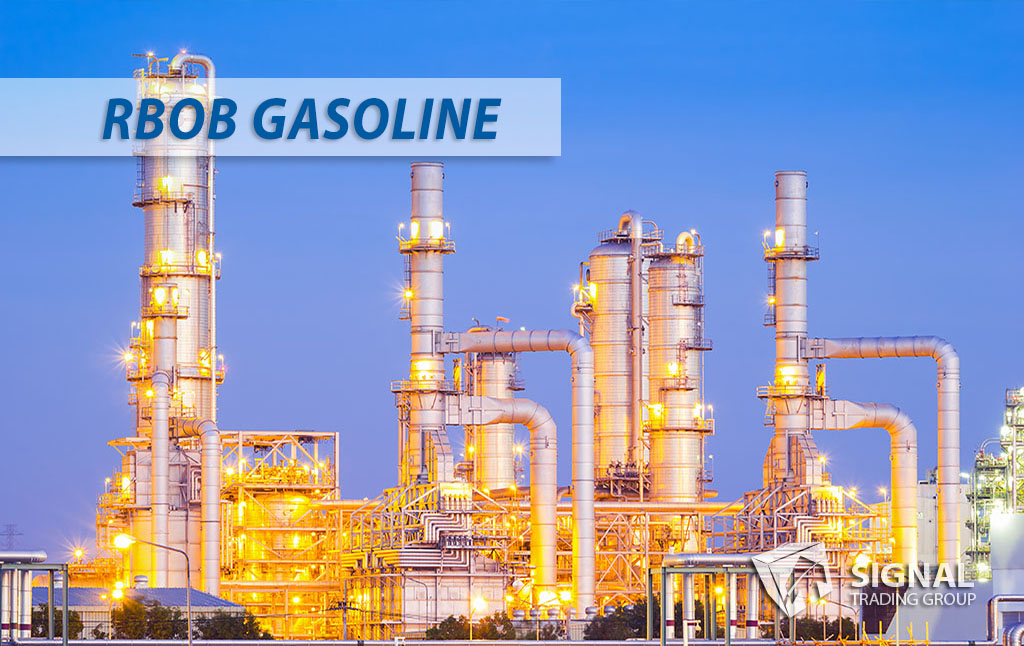Transition Time
As the days grow warmer and we look forward to more time spent outdoors, there’s something else to consider regarding summer – the transition from winter to summer-grade gasoline. You may have noticed price fluctuations at the pump during this time, but many people don’t know the important reasons behind this switch. This post will dive into the differences between winter and summer gasoline blends, the reasons for the change, and the impact of the Environmental Protection Agency’s (EPA) requirements. So let’s fuel up with some knowledge, shall we?
Winter vs. Summer Grade Gasoline: The Chemical Differences
As you probably know, gasoline is a blend of various chemicals, primarily hydrocarbons. The primary differences between winter and summer gasoline are in the Reid Vapor Pressure (RVP) and the volatility of the blend.
Reid Vapor Pressure (RVP) measures how quickly gasoline evaporates, which is affected by its temperature. In the winter, there’s a need for gasoline with a higher RVP so that the gasoline can vaporize more easily in lower temperatures. This aids in starting the car and maintaining a smooth idle.
Volatility refers to how easily liquid fuel turns into vapor, impacting the fuel’s performance in cold and hot weather. For instance, in the winter, you want gasoline with lower volatility, meaning less evaporation, to avoid decreased performance and lower gas mileage.
Why Make the Switch to Summer Grade Gasoline?
The main reasons for making the switch are:
- Reduced Harmful Emissions – Because summer gasoline evaporates slower, it produces fewer harmful emissions. Less evaporated gasoline means fewer volatile organic compounds (VOCs), which are one of the primary contributors to air pollution and a precursor to smog.
- Decreased Production of Ground-Level Ozone – VOCs’ reactive nature means that when combined with nitrogen oxides (NOx) and exposed to sunlight, they can create ground-level ozone. High concentrations of ground-level ozone can cause respiratory problems, especially for children, the elderly, and people with pre-existing health issues related to their lungs and heart.
Take the city of Los Angeles, for example. With its notoriously smoggy air, summer-grade gasoline is crucial to minimize its environmental impact. In addition, residents often experience better visibility during summer, partly thanks to the switch to summer gasoline blends.
EPA Requirements—What Does This Mean for You?
Since the 1990s, the EPA has required certain regions with poor air quality to use specific summer gasoline blends to reduce VOCs and ground-level ozone. These regions are generally high-population metropolitan areas that have historically suffered from poor air quality, such as Los Angeles, New York City, and Chicago.
This requirement means that if you live in these areas, gasoline prices may increase during summer, as summer blends can be more expensive to produce. However, it is important to remember that these higher costs are mitigated somewhat by the switch’s positive impact on the air quality, the overall environment, and your vehicle’s performance.
Wrapping Up: The Importance of Summer Blend Gasoline
The transition from winter to summer-grade gasoline might not be something we often think about, but it plays an important role in our environment. Summer blends are designed to reduce VOCs, ground-level ozone, and other pollutants, which helps improve air quality while preserving your vehicle’s performance. So if you live in an area that requires summer-grade fuel, switch over when you fill up! With this knowledge, you can now drive off knowing that you’re helping the environment—and getting better gas mileage as a bonus!





